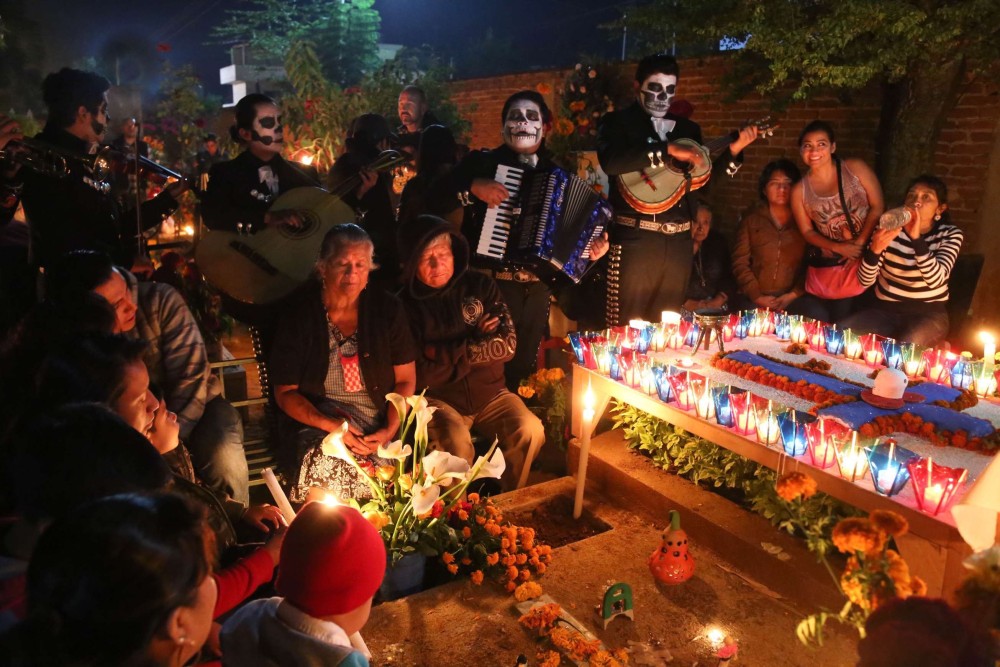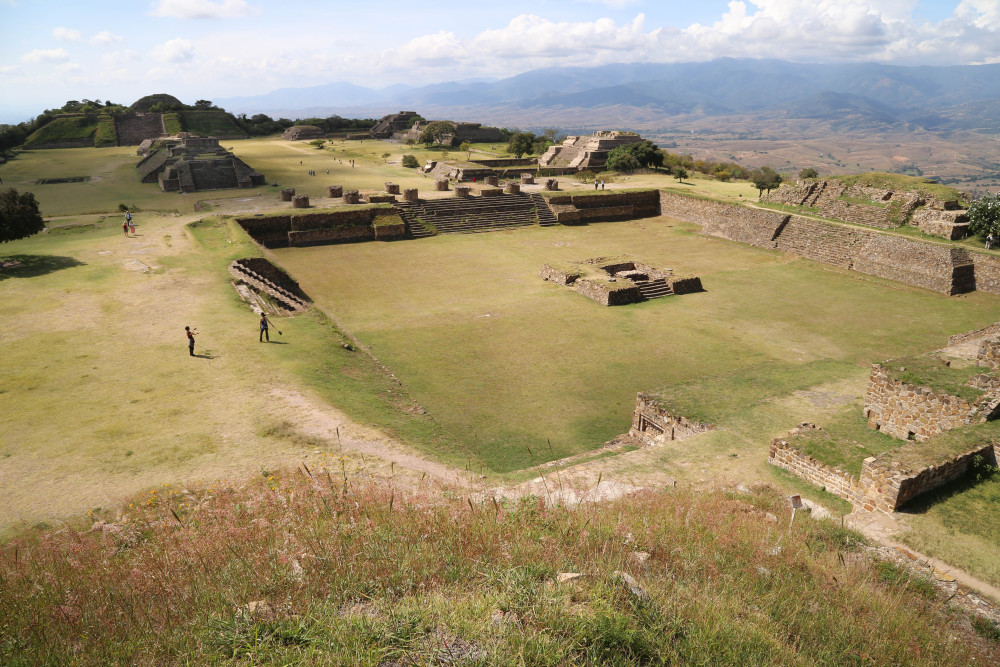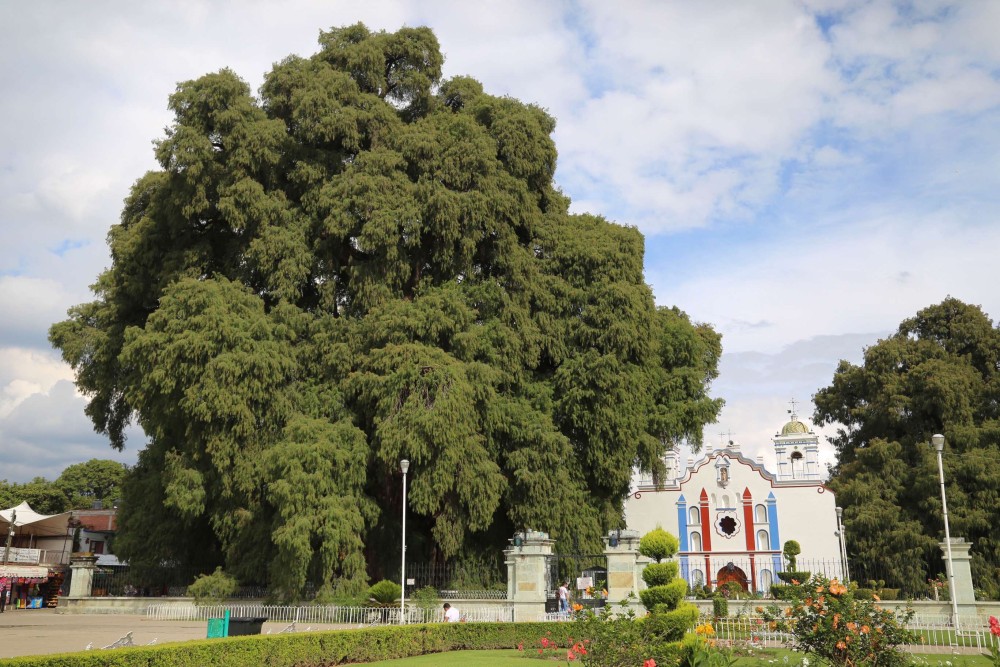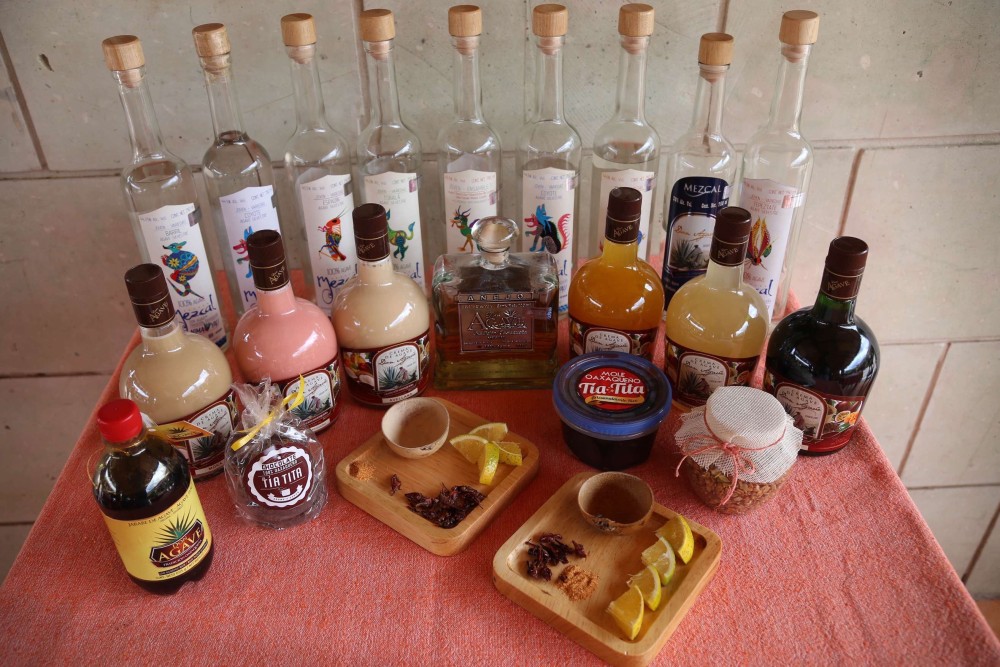One thing that makes Mexico unique among nations of the world is how the people there deal with the subject of death. Like all cultures, Mexicans mourn the passing of a family member or loved one, but in Mexico they do not fear death, they laugh at it.
Death is such a part of life that Mexicans give their children skeleton toys and little coffins to play with. And every year from October 31st to November 2nd they celebrate death as part of the great cycle that brings those they love into the world and ultimately takes them away.





